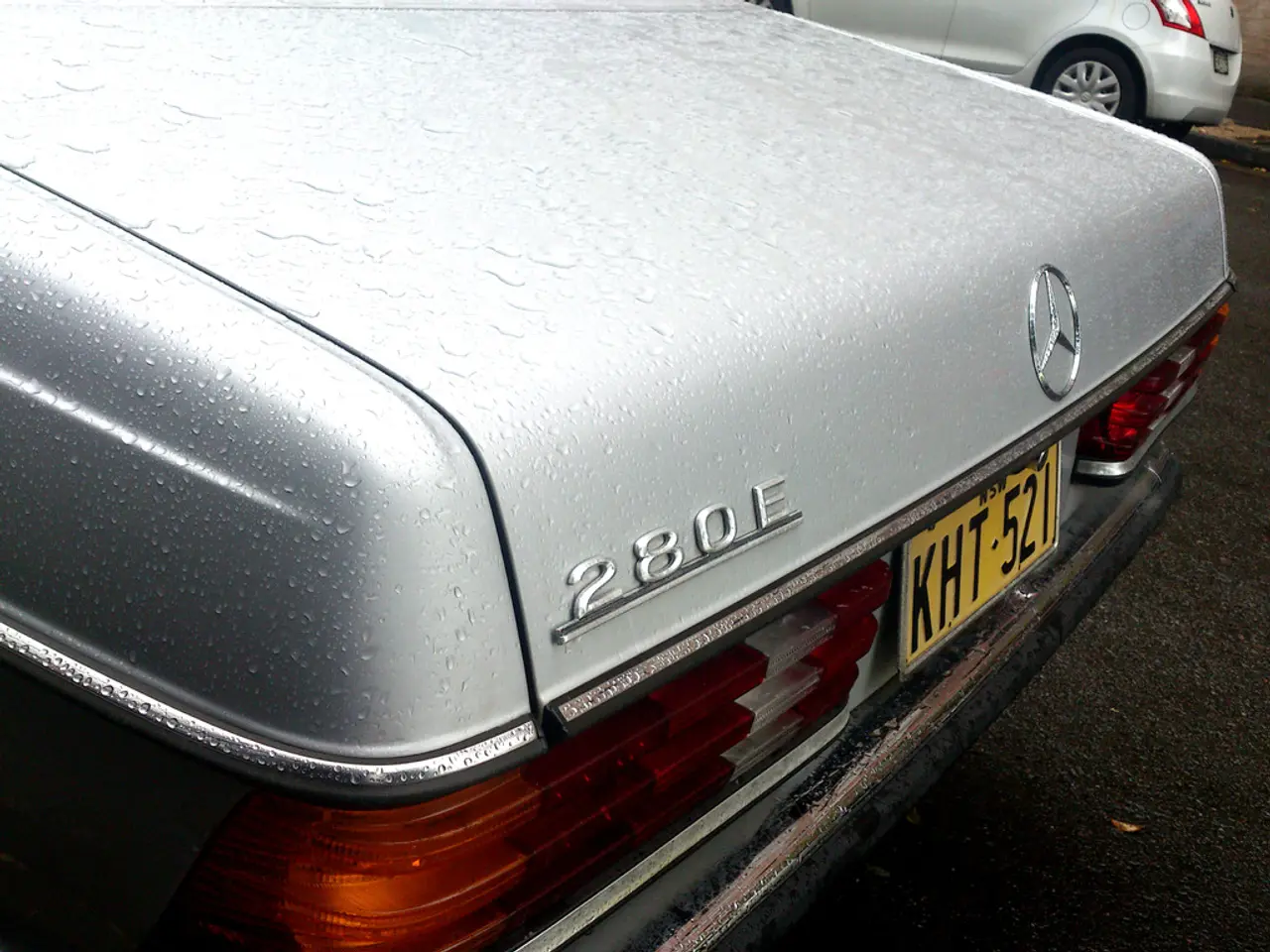Top-notch Rear-Wheel Drive Vehicles for Towing: Our Preferred Choices
In the world of tow cars, rear-wheel drive (RWD) vehicles have long been favoured for their superior performance and handling capabilities. This preference stems from several key advantages over front-wheel drive (FWD) and 4x4 vehicles when it comes to towing caravans.
Better Weight Distribution and Traction
One of the primary advantages of RWD cars for towing is their superior weight distribution. When a caravan is attached, the additional weight rests on the rear axle, increasing traction for RWD vehicles. This is because the rear wheels are responsible for both driving and supporting the load, unlike FWD vehicles where the front wheels may have less weight on them, leading to traction loss or torque steer complications.
Improved Stability and Control
RWD vehicles also offer improved stability and control during towing. By separating driving and steering duties—with the rear wheels providing propulsion and the front wheels handling steering—the strain on the front tires is reduced, giving the driver better control and reducing the risk of torque steer, a common problem in FWD cars towing heavy loads. This handling dynamic also enhances straight-line towing stability, making RWD vehicles a safer choice for hauling caravans, especially at high speeds and in windy conditions.
Better Handling Under Tow
RWD vehicles tend to have a more balanced chassis and drivetrain layout, allowing them to handle towing load-induced forces more effectively. This results in a more confident and stable towing experience, making RWD vehicles a popular choice for caravan owners.
Comparison with 4x4 Vehicles
While 4x4s excel in off-road and slippery conditions due to better traction across all wheels, typical RWD setups are simpler and often more fuel-efficient on normal roads when towing. Some 4x4s even default to rear-wheel drive on sealed roads, acting much like RWD vehicles during everyday towing. This suggests that the inherent advantages of rear-wheel drive for towing still apply in many 4x4 contexts.
Notable Rear-Wheel Drive Tow Cars
Several popular tow cars on the market today are equipped with rear-wheel drive. The Alfa Romeo Giulia 2.0 Turbo Veloce, for example, offers sharp steering, nimble handling, and lively performance, while the Mercedes-Benz E 220 d AMG Line saloon boasts a spacious and luxurious cabin. The BMW 330e Touring M Sport is a popular plug-in hybrid tow car, with a maximum towing weight of 1500kg and a kerbweight of 1970kg.
The Jaguar XF Sportbrake, with its 300hp diesel engine, offers strong performance and a stable towing experience, while the Genesis GV60, though new to the market, is impressively stable when towing a van weighing up to 1600kg, albeit requiring frequent recharging.
In the market for a more affordable option? The Alfa Romeo Giulia 2.0 Turbo Veloce can be found at a lower price, with a 2021 car with just over 20,000 miles for sale for £22,419. The Jaguar XF Sportbrake, still a capable car at the end of its life, can be found at a keen price, with a 2019 3.0-litre diesel with 45,000 miles for £22,000.
In conclusion, the advantages of RWD cars for towing caravans include superior traction on the driving wheels, reduced torque steer and better steering control, and improved straight-line stability and towing confidence. These factors make rear-wheel drive cars especially suitable and often preferred for towing caravans, relative to front-wheel drive or standard 4x4 systems operating in RWD mode.
Tow sports cars like the Alfa Romeo Giulia 2.0 Turbo Veloce and the Jaguar XF Sportbrake are often chosen for towing due to their rear-wheel drive (RWD) setup. This rear-wheel configuration improves weight distribution and traction for towing, providing a more stable and controlled towing experience, even during high speeds or windy conditions.






